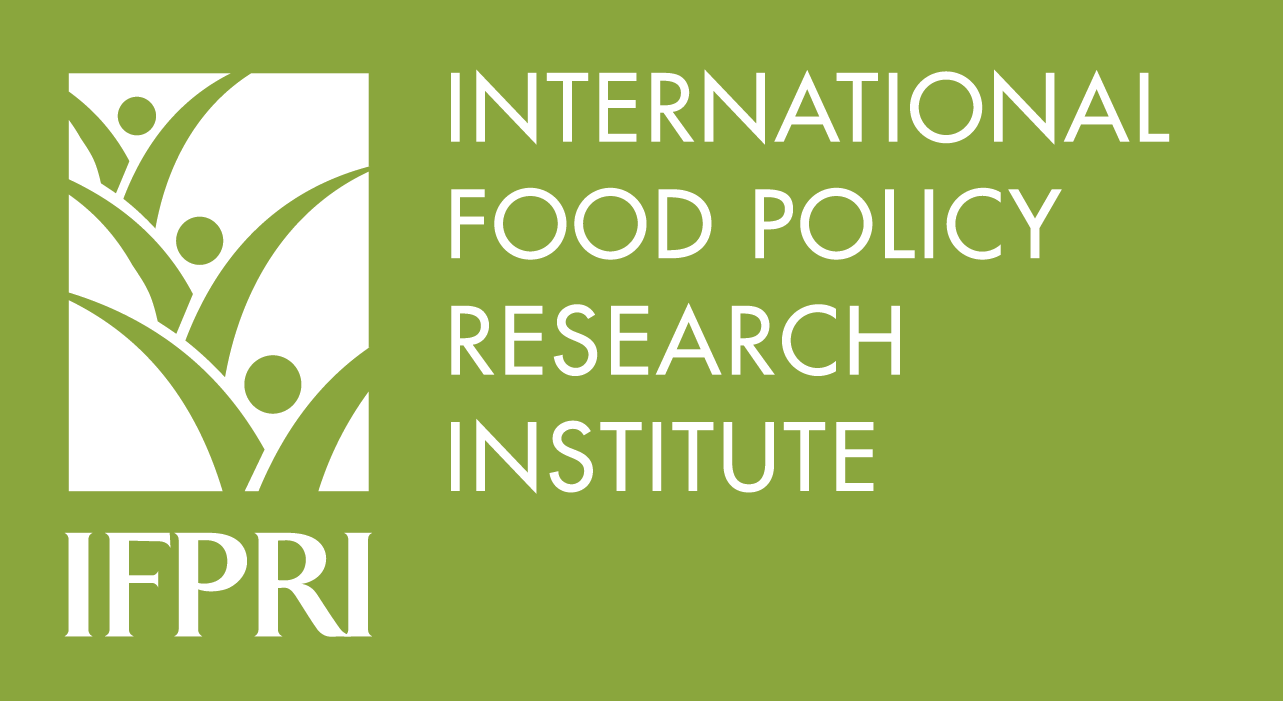Focal point
Location
About IFPRI
The International Food Policy Research Institute (IFPRI) provides research-based policy solutions to sustainably reduce poverty and end hunger and malnutrition in developing countries. Established in 1975, IFPRI currently has more than 500 employees working in over 50 countries. It is a research center of theCGIAR Consortium, a worldwide partnership engaged in agricultural research for development.
Vision and Mission
IFPRI’s vision is a world free of hunger and malnutrition. Its mission is to provide research-based policy solutions that sustainably reduce poverty and end hunger and malnutrition.
What We Do
Research at IFPRI focuses on six strategic areas:
- Ensuring Sustainable Food Production: IFPRI’s research analyzes options for policies, institutions, innovations, and technologies that can advance sustainable food production in a context of resource scarcity, threats to biodiversity, and climate change. READ MORE
- Promoting Healthy Food Systems: IFPRI examines how to improve diet quality and nutrition for the poor, focusing particularly on women and children, and works to create synergies among the three vital components of the food system: agriculture, health, and nutrition. READ MORE
- Improving Markets and Trade: IFPRI’s research focuses on strengthening markets and correcting market failures to enhance the benefits from market participation for small-scale farmers. READ MORE
- Transforming Agriculture: The aim of IFPRI’s research in this area is to improve development strategies to ensure broad-based rural growth and to accelerate the transformation from low-income, rural, agriculture-based economies to high-income, more urbanized, and industrial service-based ones. READ MORE
- Building Resilience: IFPRI’s research explores the causes and impacts of environmental, political, and economic shocks that can affect food security, nutrition, health, and well-being and evaluates interventions designed to enhance resilience at various levels. READ MORE
- Strengthening Institutions and Governance: IFPRI’s research on institutions centers on collective action in management of natural resources and farmer organizations. Its governance-focused research examines the political economy of agricultural policymaking, the degree of state capacity and political will required for achieving economic transformation, and the impacts of different governance arrangements.
Research on gender cuts across all six areas, because understanding the relationships between women and men can illuminate the pathway to sustainable and inclusive economic development.
IFPRI also leads two CGIAR Research Programs (CRPs): Policies, Institutions, and Markets (PIM) andAgriculture for Nutrition and Health (A4NH).
Beyond research, IFPRI’s work includes partnerships, communications, and capacity strengthening. The Institute collaborates with development implementers, public institutions, the private sector, farmers’ organizations, and other partners around the world.
Resources
Displaying 1501 - 1505 of 1521Adopting improved farm technology
In late 1985, the International Food Policy Research Institute in collaboration with the Rural Development Studies Bureau of the University of Zambia, the National Food and Nutrition Commission, and the Easter Provice Agricultural Development Project embarked on a major research project in Eastern Province, Zambia. The study sought to obtain a better understanding of the public policies that govern the country's push to increase agricultural production and improve the participation of smallholder farmers in it.
Introduction [in The Green Revolution reconsidered]
Agricultural technologies of the "green revolution" type have brought substantial direct benefits to many developing countries. Prominent among these has been increased food output, sometimes even in excess of the increasing food demands of a growing population. This has enabled food prices to decline in some countries, while in others prices have not risen as fast as they would have without the green revolution.
The impact of technological change in rice production on food consumption and nutrition
Technological change, such as the replacement of traditional with modern crop varieties and introduction of irrigation, has been effective in increasing the yields and production of various crops— notably rice and wheat—as well as incomes of farmers in developing countries (Pinstrup-Andersen 1982; Pinstrup-Andersen and Hazell 1985; Lipton 1989). However, the impact on food consumption and nutrition is poorly documented.
A social accounting matrix of the regional economy, 1982/83
This chapter uses an estimated social accounting matrix (SAM) to provide a detailed quantitative description of the North Arcot study region in 1982/83. The SAM framework provides a consistent, comprehensive, and detailed picture of the transactions in an economy. Production activities, commodities, factors, government, households, and other institutions can all be accommodated, and the pattern in which incomes are distributed takes its place alongside the sources of income generation.
The Arni studies: Changes in the private sector of a market town, 1973-1983
In a predominantly agrarian region, development of the nonfarm economy is materially affected by the development of the agricultural sector. Agriculture supplies food, raw materials, and surplus labor for agro-industry. Agriculture also supplies the financial resources necessary to the organization of nonfarm firms. These resources can be mobilized through the terms of trade, through the savings and investments of both farmers and agricultural traders, and through direct and indirect taxation. Furthermore, demand from the agricultural sector stimulates nonfarm activity.



